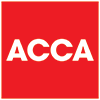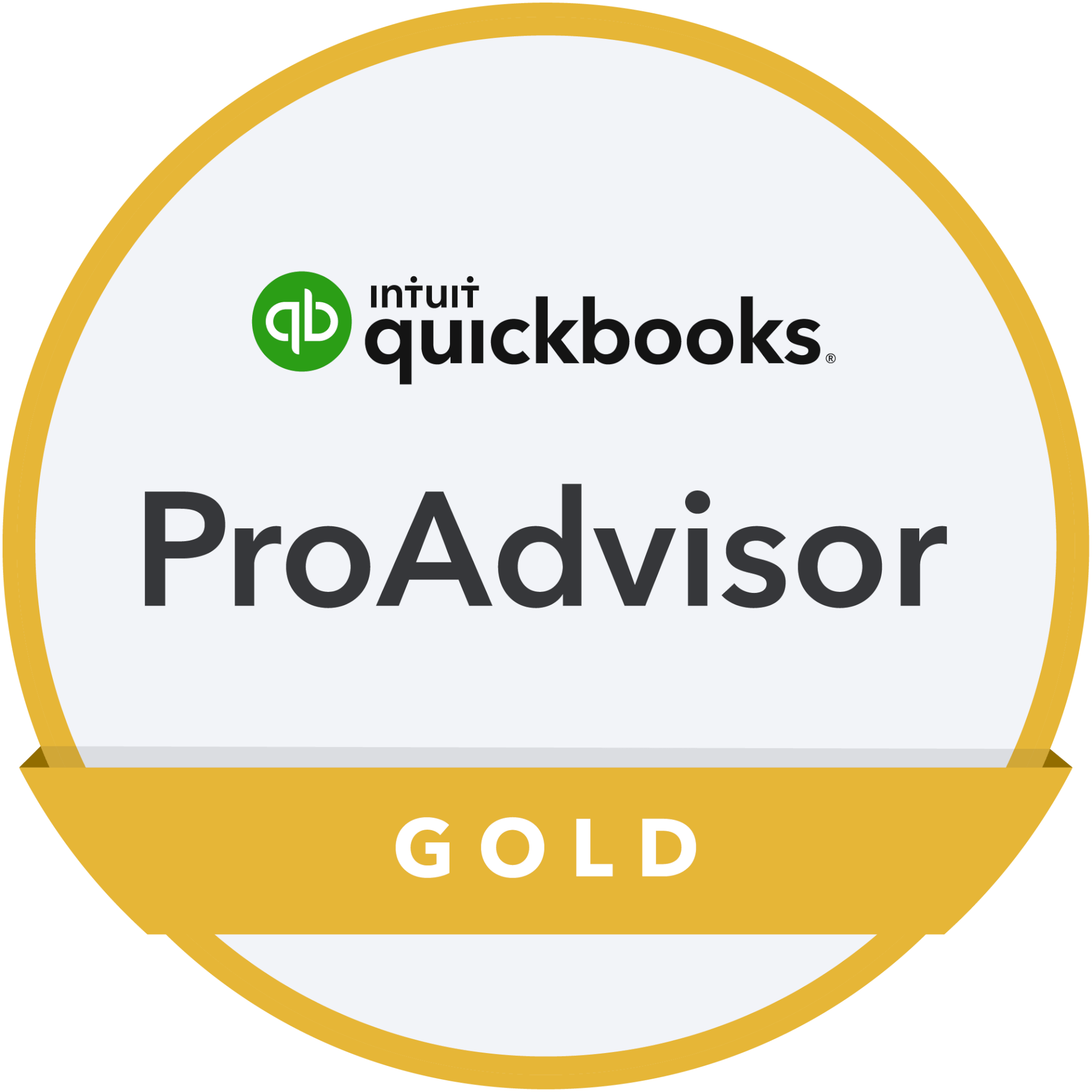How much should I save for Tax?
Over the last few years we’ve all been shown that predicting the future is nigh on impossible. No-one could have seen the pandemic coming, or the following pressures caused by Russia’s aggression, Brexit or the myriad other challenges we’ve all faced over the last few years.
It’s also shown that we can’t rely on finding forthcoming tax liabilities from current trading income, as the economy remains volatile, and it likely to do so for some time to come.
Start saving as you go!
NOW could be the best time, with HMRC still offering some leeway on payment schedules, and the New Year still shiny and bright, to change earlier habits and start to save for tax as the year goes on, so you have a nest egg tucked away for it when the payment date arrives, rather than struggling to find the cash as the date draws closer. The payment date then won’t cause sleepless nights, and you shouldn’t need to juggle supplier payments with all the headspace that can take!
It will require some discipline, but the benefits can be huge.
This approach is relevant for all types of tax, from Self Assessment to VAT and Corporation Tax, but you need to know how much to tuck away through the year, which is what we’re going to look at.
Self Assessment Income Tax – Directors’ Personal Tax
Any remuneration you take from the business that exceeds the Dividend Tax Allowance and your personal allowance will be liable to tax, so, given you need to decide on the amounts you can take as Dividends, you’ll know at that point how much tax will be due on that amount.
It’s most tax efficient for Directors currently to receive a small salary, which attracts no tax, and to top up this amount with dividends, keeping it simple for you to save in advance of your tax.
The complication here is Payments on Account. These are payments in January and July in advance of next years’ assumed liability. This is where it can be tricky to find the extra cash, particularly if you have a good first year of trading, as it can be hard to find enough cash to effectively cover two years worth of tax, being the year you have traded, and in advance of the second year.
This is where lots of people get behind, and struggle to get back on track. We always recommend to new start businesses that they be really disciplined from Day 1 to avoid this becoming an issue!
Sole Traders
If you’re a sole trader, you pay tax on your income only it goes over the tax free allowance. Any extra income then becomes taxable and you need to save enough from that income to cover your tax liability. At the moment this would be 20% on any income beyond the £12,570.
You must bear in mind though that you also have Payments on Account to consider, detailed above, which do complicate matters!
National Insurance contributions (NIC) are due if you’re self employed and have profits beyond £11,908 at the time of writing. These are:
- Class 2 – a flat rate of £3.15 per week
- Class 4 – calculated at 9.73% for earnings up to £50,270 and then at 2.73% on amounts earned beyond that level.
Based on these figures, you should save 10% for NIC on profits between £11,908 and £50,270, which reduces to 3% thereafter.
Sole Traders also need to be aware of MTD for ITSA. This will require you to submit quarterly online returns to HMRC, which will make it easier for you to see how you’re progressing, and from there have an idea of potential liabilities. MTD for ITSA has recently been postponed, but must be kept in mind as it will be quite a change of process when it arrives!
Corporation Tax
This can be the trickiest tax to save for, and the one that can feel furthest away from becoming an issue, as you pay annually on the year end profits of your company, nine months and one day after that year end. If your year end is the 31st March, your payment isn’t due until the 1st January. It may be tempting to leave finding the cash until closer to the payment date, but as we’ve all seen, life doesn’t always run according to plan!
A company’s Corporation Tax liability is calculated after deductions and allowances have been adjusted for as part of the accounts preparation, so it can be difficult to know how much to set aside before this process is completed BUT a general rule of thumb would be to look at your Year to Date Profit and loss account each month as a starting point.
From there, applying the current rate of Corporation tax to your Net Profit figure would give you a close enough figure to work to, and to tuck away into a separate bank account. At the moment this rate would be either 19% or 25%, but this is due to change in April 2023, though with a Budget between now and then, this may change again!
VAT
This is the easiest one!
VAT is paid to HMRC by most businesses on a quarterly basis, usually only after you’ve collected the cash on your sales. Any amount you pay is reduced by the VAT on any purchases you may have made.
Your own invoices can easily tell you the amount of VAT you’ve collected each month, and saving this amount would actually create an additional savings amount as it wouldn’t take account of the VAT on your purchases. Alternatively, it’s a fairly simple calculation to work out from your bookkeeping software the average percentage you need to save from the output VAT you’ve received. If you’re a client – ask us and we can show you how to find it and monitor it in future.
Things to remember…
You don’t need to save for all of these in full from Day 1, if you haven’t been doing so before. Realistically, it’s unlikely that you’d have the cashflow to enable you to do so.
BUT, if you can start to look at these figures as the months go on, and start to make small savings during the year, it will put you in an ever-stronger position. It will also reduce the pressure as payment dates draw closer, which can only be positive!
As you start to save these amounts, the best option is to move these funds into a separate bank account. Starling Bank are currently leading the way in making this simple with their ‘Saving Spaces’ aspects of Bills Manager, but a simple savings account works just as well.
Profit First
A book by Mike Michalowicz, Profit First reverses the usual formula for running a business, which leaves Profit as the amount of money left from Sales after expenses have been taken care of. It instead extols the virtues of adjusting the formula to take profit from Sales, leaving the balance to be expenses.
We’ve mentioned it before as being a good way for some business owners to move away from paying themselves last, and looking at the finances of the business in a different way. Putting your tax away during the year is a fundamental part of the Profit First approach.
If you’d like any support in implementing the approach in your business having read it, please get in touch.
We can help…
If you’d like to start saving towards your taxes, but are unsure how much to save, please shout!
We can help you look at your figures and what to save for your circumstances, and if you’d like us to, we can show you how to review those amounts regularly so you know exactly where you are and there are no last minute panics.
This post includes rates and allowances that apply at the time of writing. Please check they remain current before you apply them to your business.
Business News
We send regular updates that keep clients aware of changes and suggestions on a wide range of subjects; if you’d like to receive those too, just add your details below and we’ll do the rest! We promise not to bombard you and you can unsubscribe at any time.


